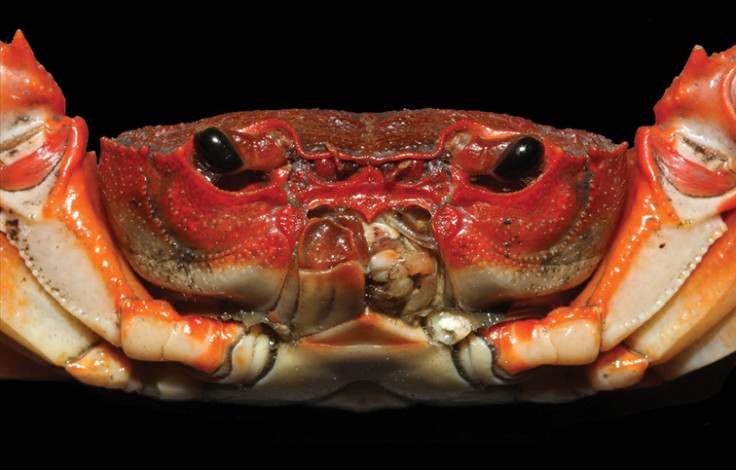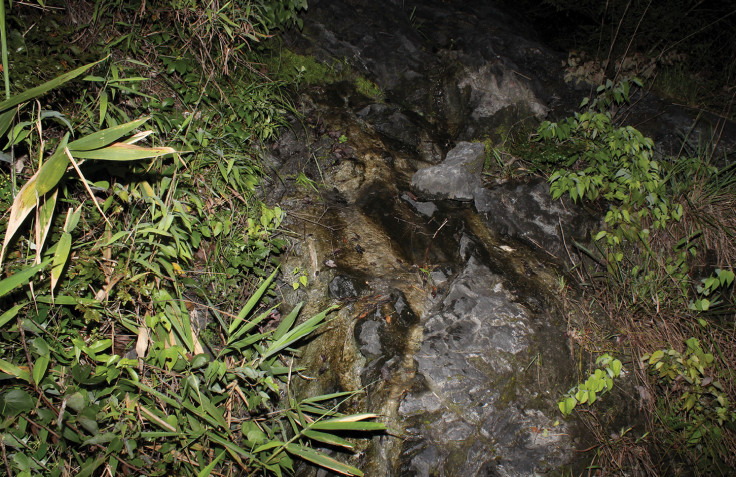New species of crab found hiding in plain sight in Chinese pet market
The crab, named Yuebeipotamon calciatile, is also the first of an entirely new genus.

Researchers have discovered a colourful new species of freshwater crab, which is also the first of an entirely new genus – the taxonomic rank above species – hiding in plain sight in a Chinese pet market.
There is a growing demand in China for eye-catching pet crabs from the south of the country, which fisherman are trying to meet by collecting and trading the crustaceans, often without knowing exactly what they are selling. These pet markets are often good starting points for scientists on the hunt for new species.
The crab was identified by researchers from the University of South Wales, Australia, The Australian Museum, Sun Yat-sen University, China and National Chung Hsing University, Taiwan, whose research will be published in the open access journal ZooKeys.
The team's interest was first drawn to a peculiar male crab with an unusually formed gonopod, which in crustaceans is a swimming appendage modified to serve as a reproductive organ. Lead author Chao Huang managed to persuade the pet dealer who owned the crab to allow them to survey the collection site where he had found it, located in northern Guangdong, southern China.

Despite a superficial resemblance to an already existing freshwater crab genus, the new species was in fact found to be quite distinct thanks to a unique set of features including the carapace – or shell – the gonopod, and the relatively long, slender legs. But only after conducting molecular analysis of the crab, were they able to document it as a new species, in a new genus.
The species has been named Yuebeipotamon calciatile because its preferred habitat are the pools of limestone hillstreams. Calciatile means "living on limestone". The species seems to have developed its characteristic slender legs to adapt to these habitats, making it easier for the crab to climb and move on the rock.

The carapace of the crab is usually maroon to dark brown in colour, while the claws are reddish to purplish. Interestingly, it seems the adults are much more vivid in colour compared to the juveniles.
© Copyright IBTimes 2025. All rights reserved.





















